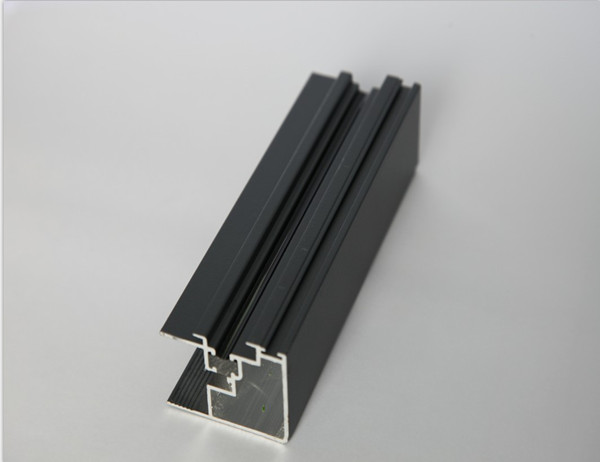When it comes to selecting the right 100mm aluminium tube for your specific needs, several critical factors must be considered to make an informed decision. This article will provide a comprehensive guide to assist you in choosing the perfect 100mm aluminium tube for your project or application.
The material composition and temper of the aluminium alloy used in the tube significantly impact its strength, durability, and corrosion resistance. Common alloys for 100mm aluminium tubes include 6061, 6063, and 6082, each with varying tensile strength, yield strength, and elongation properties. The temper designation, such as T6 or T4, indicates the specific heat treatment and cold working processes the tube has undergone, further influencing its mechanical properties.
The dimensions of the 100mm aluminium tube are of utmost importance when selecting the right tube for your application. The outer diameter (OD) of 100mm refers to the exterior measurement across the tube’s circumference. The wall thickness (WT) determines the thickness of the tube’s walls, ranging from 1mm to 5mm or more. The length of the tube should be specified according to the required application, whether it’s for structural support, fluid transportation, or other purposes.
The surface treatment and appearance of the 100mm aluminium tube can enhance its aesthetic appeal, corrosion resistance, and overall functionality. Common surface treatments include anodizing, powder coating, and chemical etching, which provide various colors, textures, and protective layers. Anodizing creates a durable oxide layer on the tube’s surface, increasing its hardness and resistance to wear. Powder coating offers a wide range of color options and further protects against scratches and corrosion.
The end conditions of the 100mm aluminium tube refer to the shape and treatment of the tube’s ends. Common end conditions include plain ends, bevelled ends, and threaded ends. Plain ends are suitable for applications where the tube will be cut or welded. Bevelled ends facilitate welding and reduce stress concentrations. Threaded ends allow for easy connection to other components or fittings. Accessories such as flanges, couplings, and end caps can also be used to enhance the functionality and versatility of the aluminium tube.
When choosing a 100mm aluminium tube, it’s crucial to consider quality assurance and adherence to industry standards. Reputable manufacturers typically provide certificates of conformity and test reports to ensure the tube meets specified requirements. Adherence to international standards, such as ASTM B210 or EN 755, guarantees the tube’s dimensional accuracy, mechanical properties, and surface quality. These standards provide a benchmark for comparing different tubes and ensuring their suitability for intended applications.




